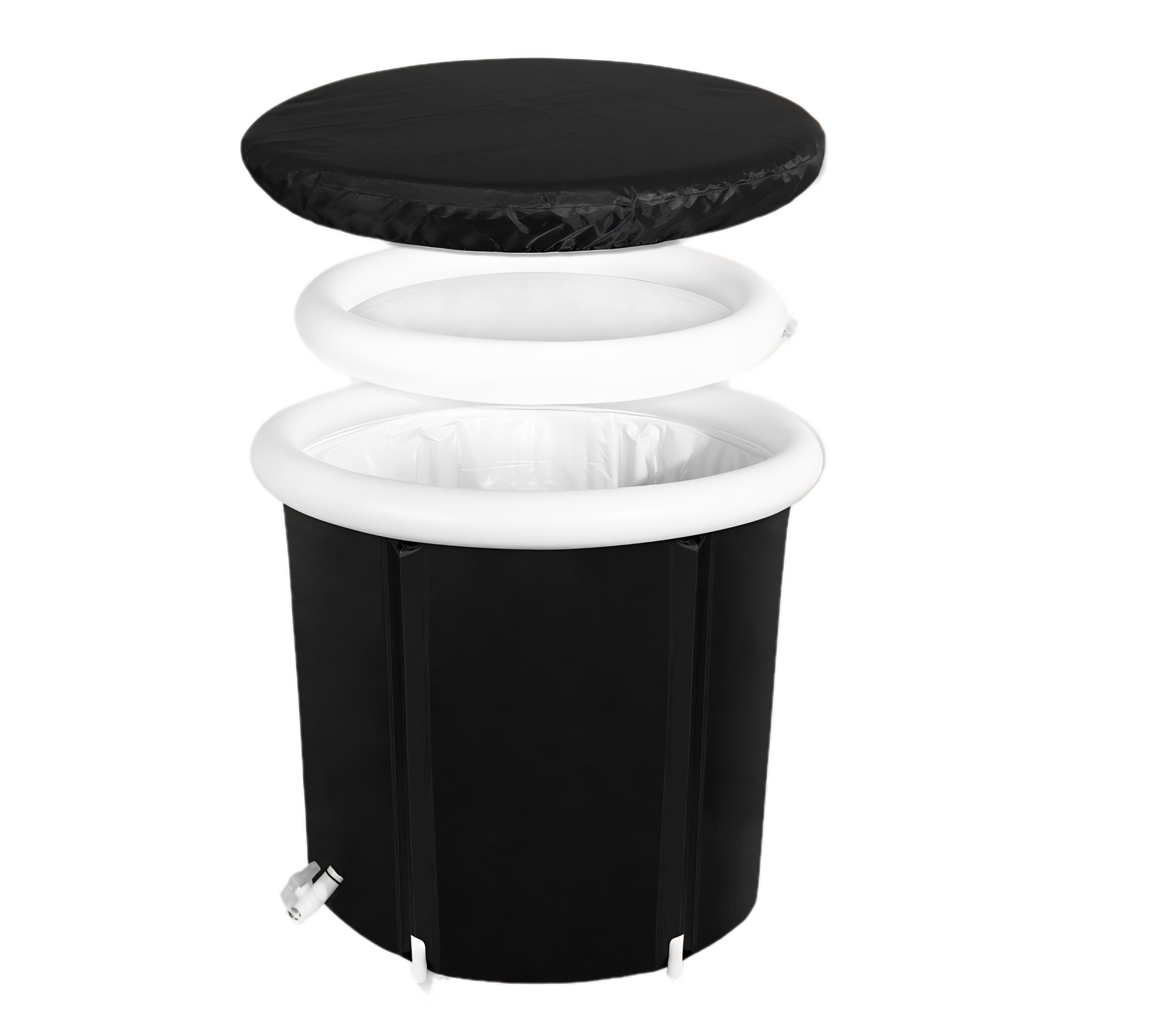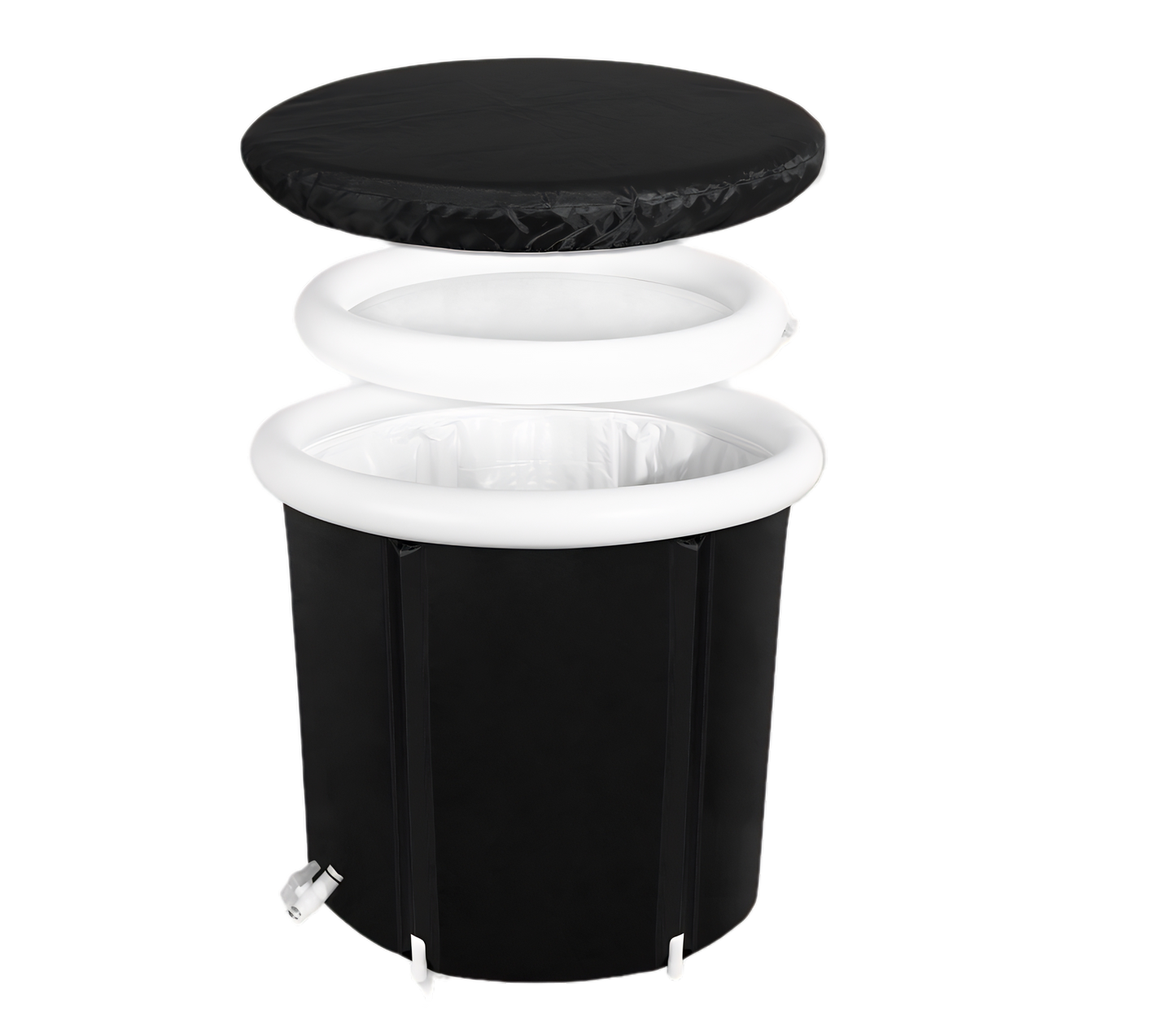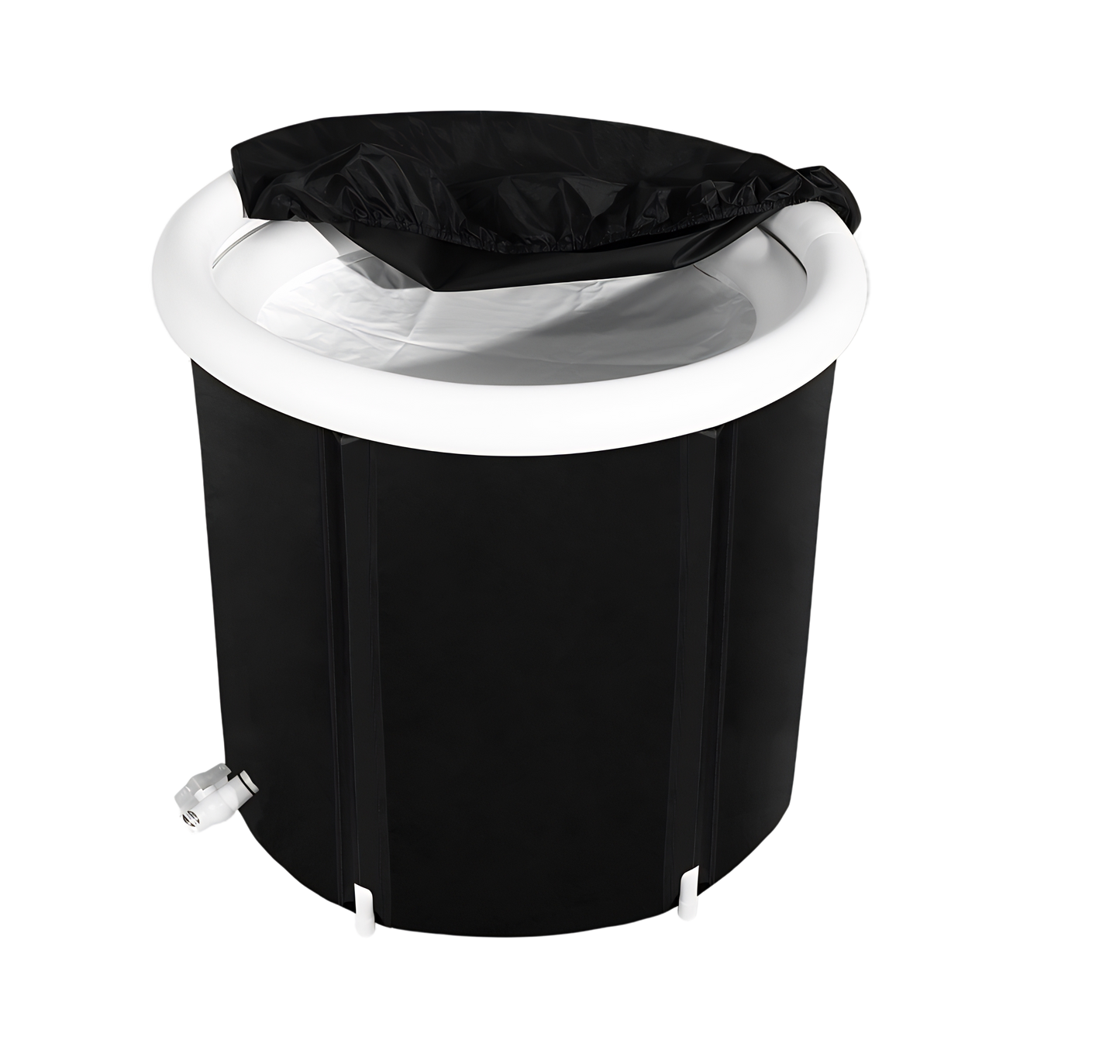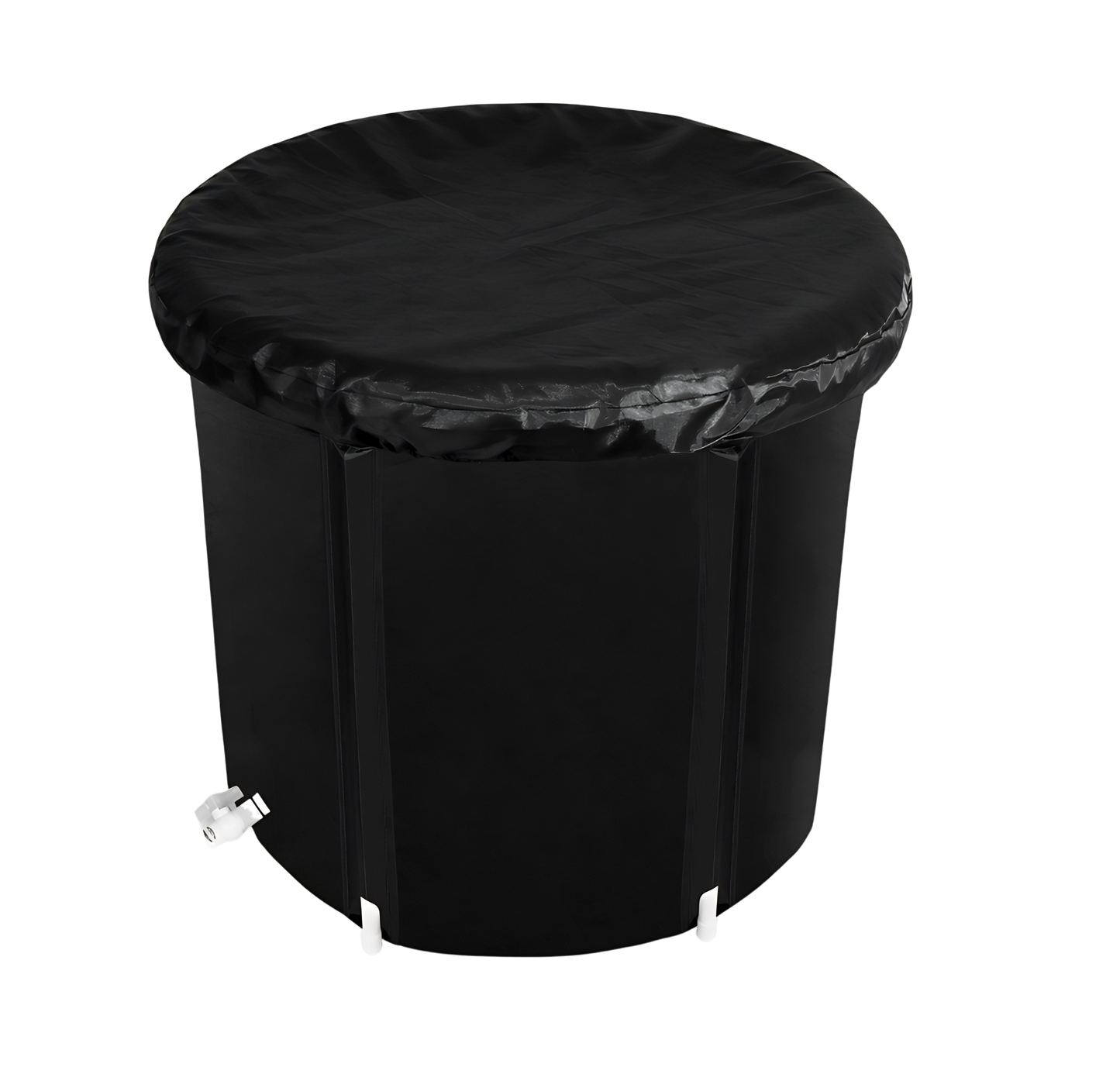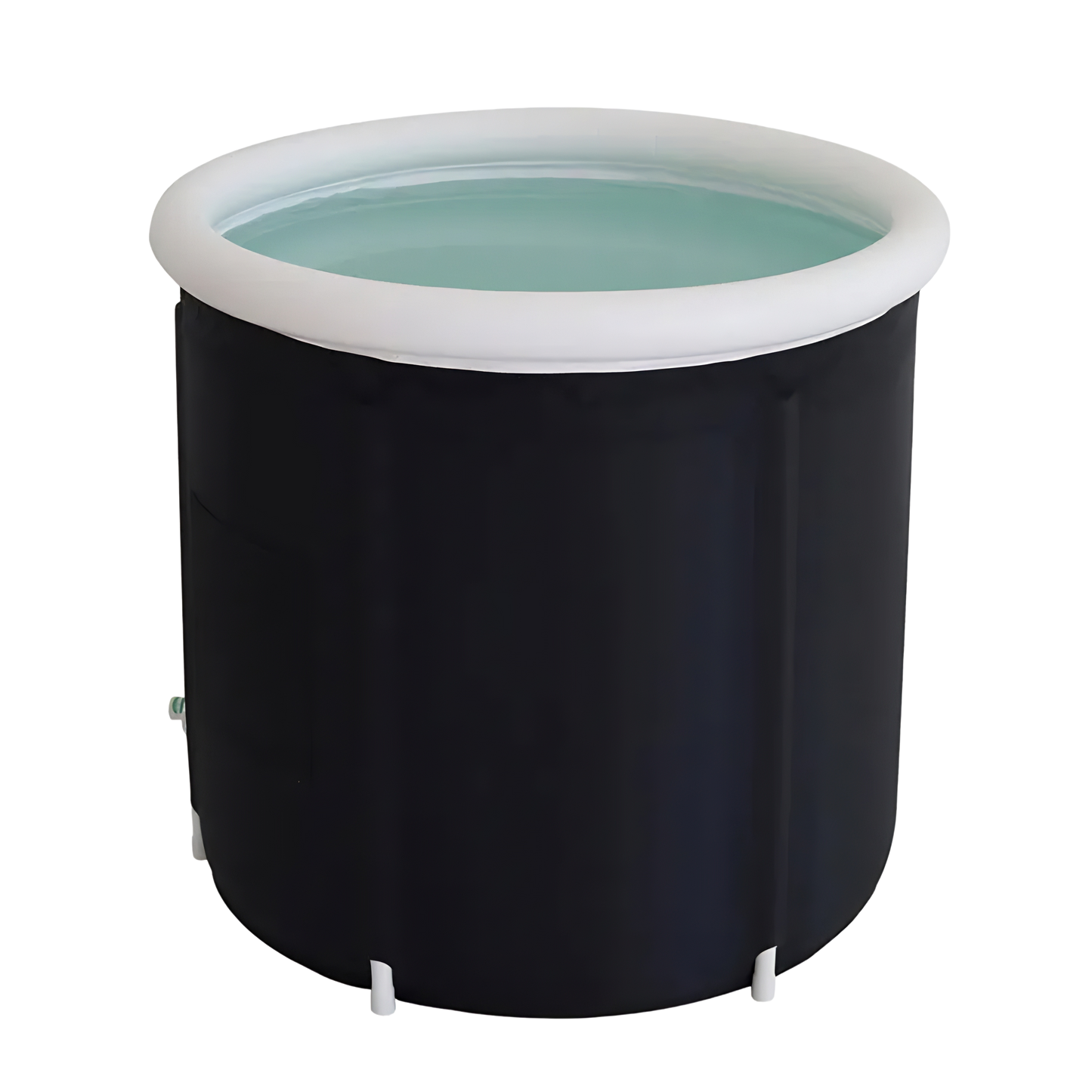Introduction to Cold Water Therapy and its Benefits
Cold water therapy, also known as cryotherapy or ice bath, has been a staple in the wellness and recovery routines of athletes and health enthusiasts for centuries. Originating from ancient civilizations, this therapy involves immersing the body in cold water to stimulate blood flow and reduce inflammation. It works by constricting blood vessels, reducing muscle metabolism, and decreasing inflammatory responses.
FAQs
1. How long should I stay in an ice bath?
- It is generally recommended to stay in an ice bath for anywhere from 3 to 15 minutes.
2. Can cold water therapy help with muscle recovery?
- Yes, it can help reduce muscle soreness and accelerate recovery after intense exercise.
3. Is it necessary to start with a warm-up before an ice bath?
- A light warm-up can help prepare the body for the shock of the cold water, however it is not necessary.
4. Are there any safety precautions to keep in mind during cold water therapy?
- Avoid staying in the cold water for too long and ensure someone is nearby for safety.
Cold water therapy can be categorized into different types, such as ice baths, cold showers, and cold water immersion. The benefits include improved circulation, enhanced recovery, and strengthened immune system, while the risks involve potential hypothermia and shock, especially for individuals with cardiovascular conditions. It is accessible through specialized facilities, home setups, or natural bodies of water. For beginners, starting gradually and understanding one’s tolerance is crucial. Expect a shock to the system initially, but with regular practice, the body adapts.
Dos and Don’ts of Cold Water Therapy
Do: Prepare Mentally and Physically for the Experience
Before taking the plunge, it’s essential to be mentally prepared. Start with a calm and focused mind, and ensure your body is ready by doing a light warm-up. This preparation can help in minimizing the shock to the system and making the experience more beneficial.
Don’t: Push Yourself Too Hard
It’s always more beneficial to begin with a manageable amount and progressively intensify the effort over time. The rationale behind this approach is that while it might be possible to endure more intense sessions for a short period, such as a week or a month, most individuals tend to burn out when attempting to maintain such intensity in the long run. The most substantial benefits are derived from long-term, consistent, and regular practice, rather than from sporadic bouts of high intensity.
Therefore, it’s advisable to start with a level that is comfortable yet slightly challenging, and progressively build on that. Once a regular practice is established, it’s certainly beneficial to intermittently incorporate more extreme sessions to test one’s limits—akin to a 1-rep max day in weightlifting. However, the emphasis should be on cultivating good long-term habits and maintaining consistency, as this is where the true benefits lie.
Do: Focus on Your Breathing
A distinguishing factor between novice and advanced practitioners of cold plunge is their approach to breath management during the therapy. Wim Hof, recognized as the modern-day pioneer of cold water therapy, also emphasizes the importance of this practice. He advises focusing on breathing in a slow, deep, conscious, and controlled manner. Achieving control and stability in your breathing can significantly enhance the pleasantness of the cold plunge experience. Conversely, fast and rapid breathing can exacerbate the discomfort associated with a cold plunge, making the experience more unpleasant. By mastering your breath, you can transform the cold plunge into a much more enjoyable and beneficial practice.
Don’t: Stretch Immediately After
Following a cold plunge, the body experiences a drop in temperature, often leading to muscle stiffness. This state is not conducive to static stretching as it can be detrimental. It’s crucial to prioritize warming up after engaging in any form of cold water therapy. This can be achieved through dynamic movements, taking a warm shower or bath, or, ideally, spending time in a sauna, which is considered by us as the most enjoyable method for restoring warmth to the body.
If you would like to read more about this, check out our article specifically dedicated to the matter - Stretching Post Ice Bath.
Do: Follow a Recommended Time Duration for Cold Water Immersion
Dipping your toes into cold water therapy? Starting with 1 to 3 minutes is just the ticket! It’s crucial to kick off with a time frame that’s comfy yet nudges you a bit and then to gradually amp it up. Pin down a duration that feels like a good fit and stick to it. Enjoy every splash and keep an ear to your body’s whispers as you plunge into the chilly bliss of cold water therapy.

And hey, if you’re curious about finding that sweet spot in ice bath durations, don’t miss out on our comprehensive article all about it! It’s packed with cool insights to get your timing just right - Comprehensive Ice Bath Duration Guide.
Don’t: Neglect Safety Precautions
Always have someone nearby when practicing cold water therapy, especially in natural bodies of water. This ensures that help is available in case of any unexpected situations or reactions.
Do: Cold Plunge With a Good Group of Friends
Engaging in cold water therapy can be enriching for the mind, body, and spirit, regardless of whether it’s experienced alone or with a group. However, sharing such experiences with friends can significantly enhance the emotional and mental aspects, making it a more joyful experience. It serves as a wonderful bonding activity and a wholesome pursuit to enjoy with companions. Additionally, it can channel competitive energies, especially among males, into a healthier outlet—providing a much more beneficial alternative to competitions in excessive drinking!
Don’t: Ignore Your Body’s Signals
Pay attention to how your body responds during and after the cold immersion. If you experience extreme discomfort, dizziness, or other adverse reactions, it’s essential to stop immediately and seek medical advice if necessary.
Maximizing the Benefits of Cold Water Therapy
Experimenting and finding what works best for your body is key to maximizing the benefits of cold water therapy. Personal experiences and success stories can serve as motivation and guidance in mastering this practice. Regularly incorporating cold water therapy, while respecting your body’s limits and signals, can lead to optimal results and a rewarding experience.
Conclusion
Cold water therapy is a powerful tool for wellness and recovery. By understanding its history, benefits, and mechanisms, and by following the essential dos and don’ts, individuals can safely and effectively incorporate it into their routines for optimal results. Always prioritize safety, listen to your body, and gradually progress in your cold therapy journey.

